17 Things Color Consultants Want You to Know
Dithering over potential palettes for your home? A color pro might be the way to go. Here's how it works
If you sense it's time to call in a color consulting professional, here's what they want you to know.
It's not hard to find one.
How to find the right color consultant for you? You can start right here
on Houzz. Click "Find Local Pros" at the top of the page, type "color
consultant" in the search box, choose your city and start looking. Some pros are called color consultants, and many interior designers offer color consulting as one of their services.
Also, if you have other professionals already working on your home, like painters, contractors or architects, they may have recommendations of people they work with as well. Your favorite paint store can also be a good source.
Barbara Jacobs of Barbara Jacobs Color and Design suggests choosing from several candidates. "Talk to the people you are considering hiring. As with any profession, you want your chemistry with your color professional to be a good fit. Recommendations from like-minded friends can be helpful, as well as reading testimonials from the candidates you are considering for your project," she says. Jacobs also recommends asking for references if that makes you more comfortable.
Also, if you have other professionals already working on your home, like painters, contractors or architects, they may have recommendations of people they work with as well. Your favorite paint store can also be a good source.
Barbara Jacobs of Barbara Jacobs Color and Design suggests choosing from several candidates. "Talk to the people you are considering hiring. As with any profession, you want your chemistry with your color professional to be a good fit. Recommendations from like-minded friends can be helpful, as well as reading testimonials from the candidates you are considering for your project," she says. Jacobs also recommends asking for references if that makes you more comfortable.
You'll be participating. "Color consulting with my clients is always a very collaborative process," says color consultant Debra Kling.
"Clients may need just a little design direction or may be starting off
with a completely blank slate and only have architectural plans to work
from. I assess where they are in the process and let them use me as
little or as much as they need me. Often I'll come up with a flat fee
for the entire project; there's no limit on the number of times I'll
return to help."
They'll be sizing you up from the first phone call. Don't
let this make you feel self-conscious; figuring out which colors will
make you happy is a color consultant's priority. "The first call is
usually quick — five to 10 minutes," says color consultant Jacki Tate of
inspirationColor. "I get a sense of what the client wants, the scope of the project, and give them a time estimate."
"The process may involve one session in your home, from two hours to a full day, or it may involve several meetings. "This will really depend on the consultant’s process and the size and complexity of your project," Jacobs says.
"The process may involve one session in your home, from two hours to a full day, or it may involve several meetings. "This will really depend on the consultant’s process and the size and complexity of your project," Jacobs says.
Color consultation doesn't take a lot of time, but a lot of it depends on you.
A common way color consultants charge is by the hour; some will have a
minimum, so be sure to ask about how the consultant charges up front. Hourly rates can vary from $85 to $200. To give you an idea of hours, Nolte
estimates she can knock out the entire color palette for an
average-size three- to four-bedroom house in about three to four hours. This
time varies greatly, depending on the size of the home and how decisive
the client is. "One colleague of mine likes to joke, 'I can tell you
the right color to pick, but I can't make you pick it!'" says interior
designer Andrea May.
Other color consultants will charge you a flat fee for the project that includes all follow-up visits.
Other color consultants will charge you a flat fee for the project that includes all follow-up visits.
Be ready to look at choices during the first visit. The
first visit will involve a walk-through of your home. "When I do the
first walk-through with the clients, I'm envisioning how the color
scheme will create a flow through the home," May says.
"It's really hard for people to envision the whole house just looking at
small paint chips." Thus, she comes armed with about 50 draw-downs in
neutral colors she knows work consistently.
"It's a good shortcut; I can show the clients these neutrals with their existing fixed finishes — i.e., countertops, flooring — show them how they do or do not work, and see their response," she says. "Once we have the neutrals down we can add pops of color where they want to make bigger color statements."
Tate says, "After the initial walk-through, the clients and I then do a brainstorming session so that I can get a sense of what they like; then I hold up swatches on the wall to show them options I think they'll like."
"It's a good shortcut; I can show the clients these neutrals with their existing fixed finishes — i.e., countertops, flooring — show them how they do or do not work, and see their response," she says. "Once we have the neutrals down we can add pops of color where they want to make bigger color statements."
Tate says, "After the initial walk-through, the clients and I then do a brainstorming session so that I can get a sense of what they like; then I hold up swatches on the wall to show them options I think they'll like."
May likes to start in the room the
client uses most, like the living room or kitchen. If you have fixed
finishes, such as a kitchen counter, the color consultant can start
coordinating the color palette there.
Expect to show a few of your favorite things.
"Having something like a piece of fabric or a rug to work from gives me
a good direction and can make the process a lot quicker," Nolte says.
This also gives the consultant valuable information about your taste.
May recommends showing the consultant an inspiration room, rug or pieces of fabric you like. "A lot of time when I'm working on new construction, there is literally nothing to go on. I love to find a rug or a piece of fabric for inspiration. I recently used one piece of fabric to inspire the entire color palette for an 11,000-square-foot home," May says.
May recommends showing the consultant an inspiration room, rug or pieces of fabric you like. "A lot of time when I'm working on new construction, there is literally nothing to go on. I love to find a rug or a piece of fabric for inspiration. I recently used one piece of fabric to inspire the entire color palette for an 11,000-square-foot home," May says.
They will not try to force their favorite colors on you.
"Ultimately, I'm looking for the colors that will make the client
happy. It doesn't matter if it's a color that appeals to me personally
or not; I zero in on what they like and what works with their homes by
getting to know them, gauging their reactions to suggestions ...
sometimes I'm a bit of a marriage mediator, helping to find color
compromises for couples!" Nolte says.
They will help you find colors that will make furnishing the room easy. "If
the room is a blank slate with nothing to go on, I choose colors that
will work with [furniture] available in the marketplace," Nolte says.
They will find colors that will work for many years. Color
consultants also have the vision to see how your colors will work in
your home for years down the line. "In this nursery I worked with shades
of ivory, so that the room could grow with the child. The mother wanted
pink in the room, so we brought it in via this custom-designed rug,"
May says.
They will show you options you never considered before. Jacobs
suggests sharing what you like with the color consultant but also
keeping an open mind about new ideas. "In working with a color
consultant, you can expect to have the path cleared to an effective
interior or exterior color palette that will probably be different in
some way from what you came up with yourself," she says.
You should live with samples for a few days. Nolte
brings large paper samples from paint companies like Sherwin-Williams
and Benjamin Moore to show clients large swatches of color, but she
suggests painting samples directly on the wall before buying gallons of
paint. Across the board, all the color consultants agree that painting
samples before buying the gallons of paint is a must.
"Lighting is key," Nolte says. "Paint two coats of large swatches, at least 2 feet by 2 feet, in a light corner and a dark corner, and look at them at different times of day, with the natural light and lit up at night. Also, move key pieces of furniture near the swatches to see how they look together."
More on how lighting affects color
"Lighting is key," Nolte says. "Paint two coats of large swatches, at least 2 feet by 2 feet, in a light corner and a dark corner, and look at them at different times of day, with the natural light and lit up at night. Also, move key pieces of furniture near the swatches to see how they look together."
More on how lighting affects color
The right trim color will help create flow.
"Typically, trim should be consistent throughout the home; the
exceptions are special statement rooms, like a bedroom," May says.
Don't trust paint chips! This
is especially true with exteriors. "There are so many different
materials used on exteriors; never trust a paint chip, because materials
like stucco, brick, cedar shake shingles, wood siding or vinyl siding
will all absorb the paint in different ways. You can't see this from
paint chips, which are printed on paper," Kling explains.
She recommends observing paint samples over several days, at different times of the day, with different weather conditions. "Never underestimate the power of the sun. The sun reflects the color from different materials in different ways that you can't see on a paint chip," she says. "An overcast day will show the true color on the exterior."
She recommends observing paint samples over several days, at different times of the day, with different weather conditions. "Never underestimate the power of the sun. The sun reflects the color from different materials in different ways that you can't see on a paint chip," she says. "An overcast day will show the true color on the exterior."
Don't rely on historic paint lines to be truly historic.
Kling points out that some of the pigments offered today weren't
available during some of the historic eras they claim to represent. One
of her specialties is helping clients in older homes research and choose
historic colors, whether it's getting into the spirit of the home's era
with a style nod or researching and matching the original color.
"Colonial-era homes in New England often had matching paint on the trim, so that's a way to acknowledge the historical era without matching the exact color," she says. "If clients want to research the original color, we can usually find it by using a sander in a bull's-eye pattern, eventually getting down to the home's original paint."
"Colonial-era homes in New England often had matching paint on the trim, so that's a way to acknowledge the historical era without matching the exact color," she says. "If clients want to research the original color, we can usually find it by using a sander in a bull's-eye pattern, eventually getting down to the home's original paint."
They'll leave you armed with all the materials you need but still be available. Once
you pick out your colors, Jacobs says, "you can expect a detailed
written paint palette to share with the painter or contractor. You also
can expect the consultant to be available for future questions and to
answer questions of clarification for your painter or contractor."
Kling agrees. "I'm there from start to finish. It may take several visits; they may need help shopping at the paint store and/or may need me to meet with their painting crew."
Kling agrees. "I'm there from start to finish. It may take several visits; they may need help shopping at the paint store and/or may need me to meet with their painting crew."
Color consultants love their jobs. I
have never met a group of professionals who love their jobs and clients
more than the five color consultants I spoke with when researching this
ideabook. Color consultants forge long-lasting relationships and even
friendships while working with their clients.
"People usually say they’ve enjoyed the process, see it as educational and confidence-building for future design decisions, and that they now have a design that they would not have thought of on their own," Jacobs says.
Source: https://www.houzz.com
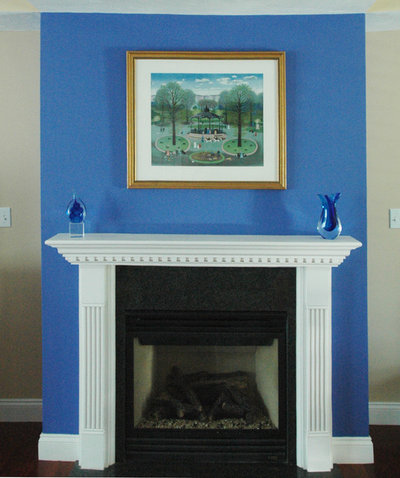
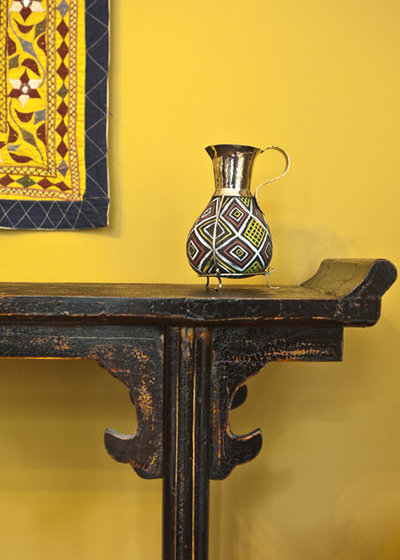
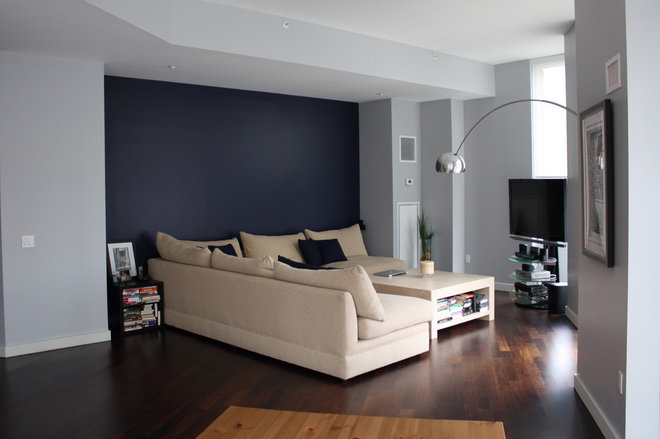
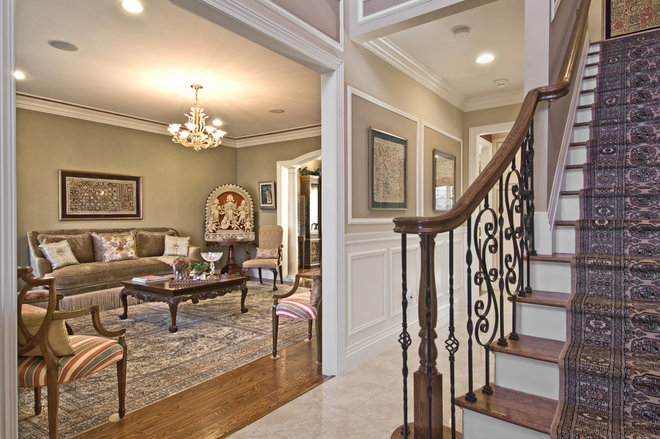
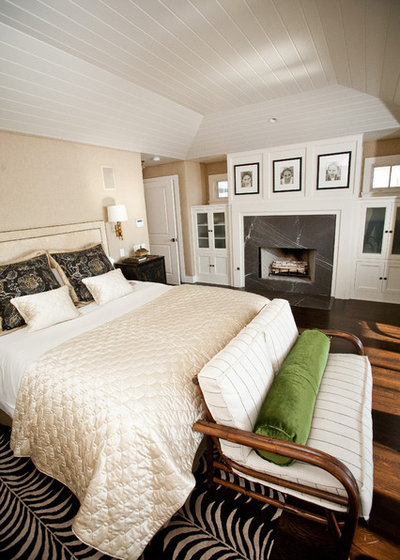
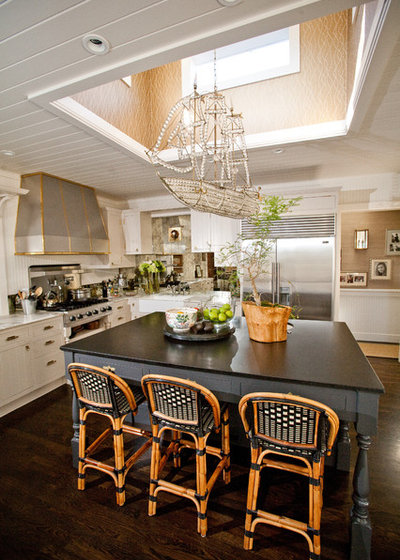
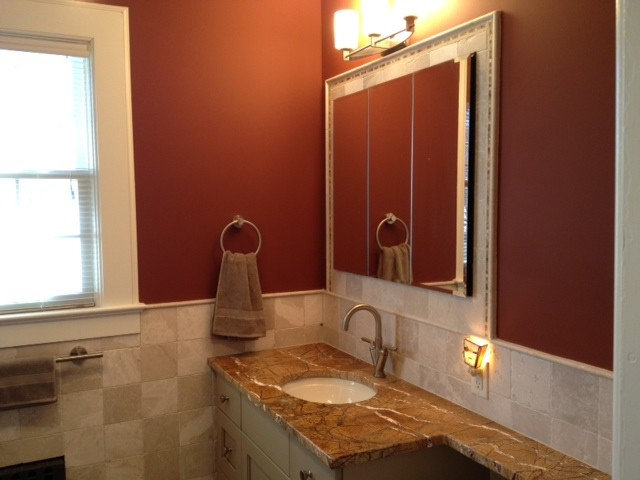
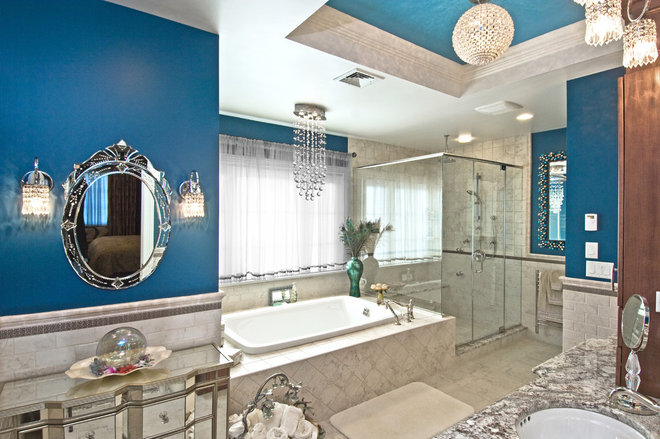
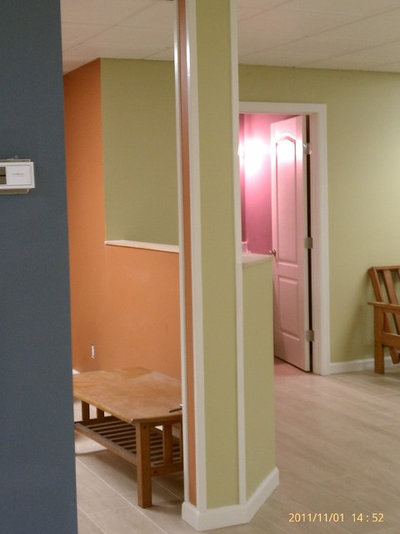
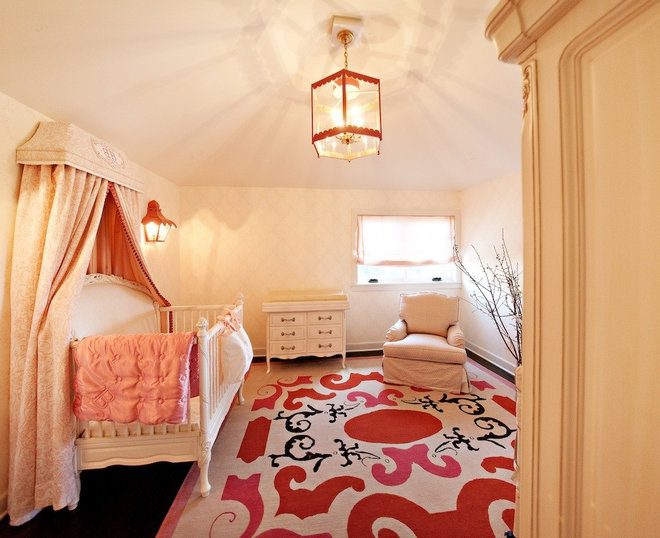
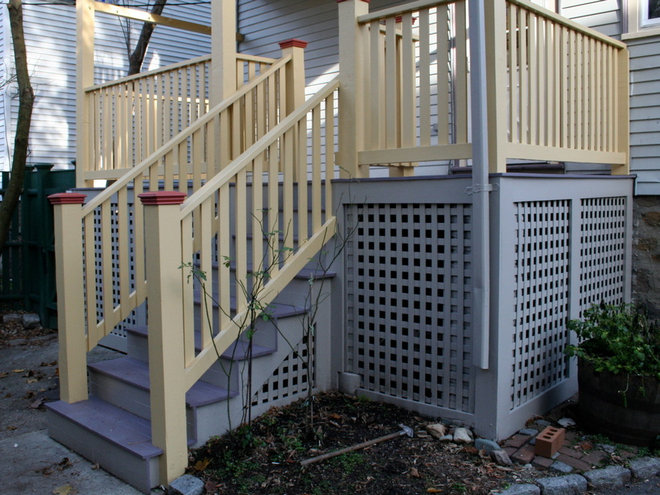
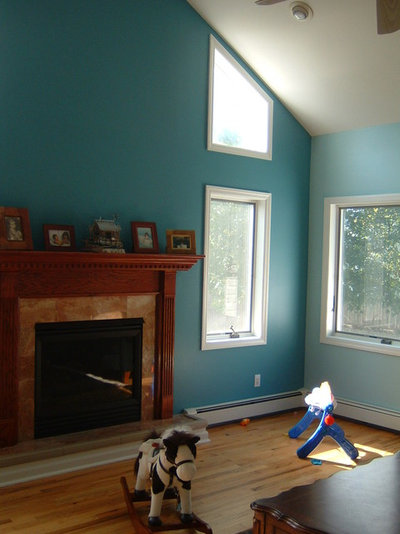
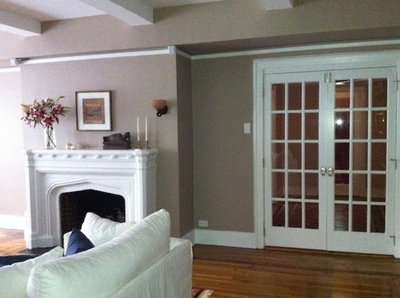
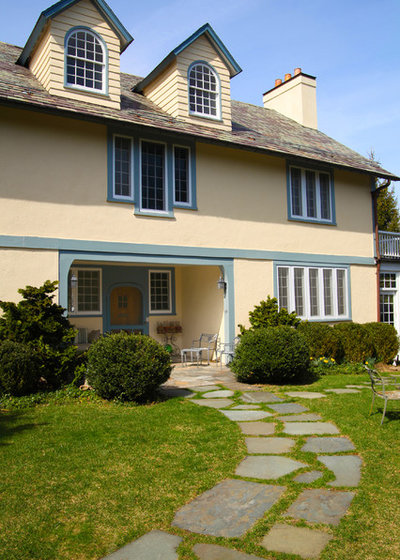

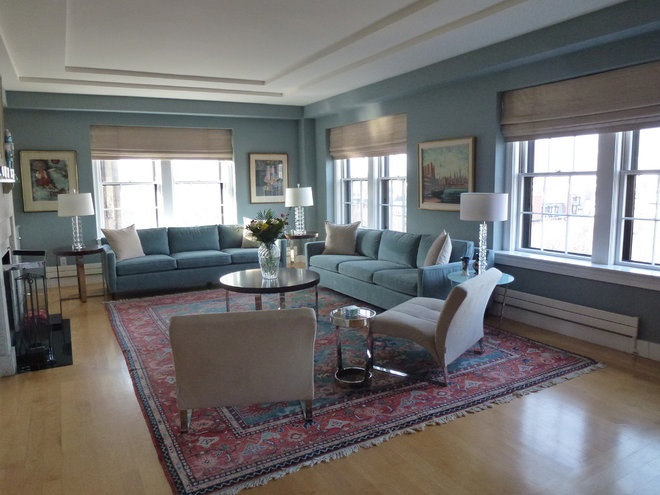
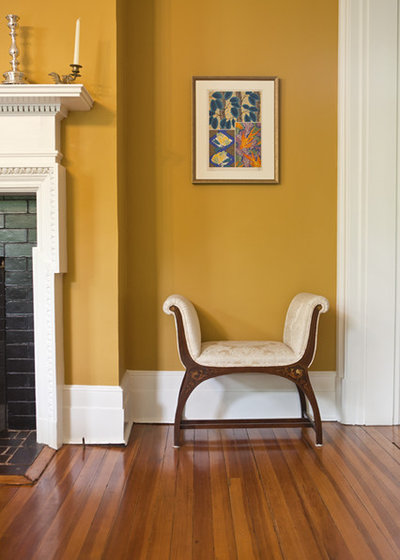
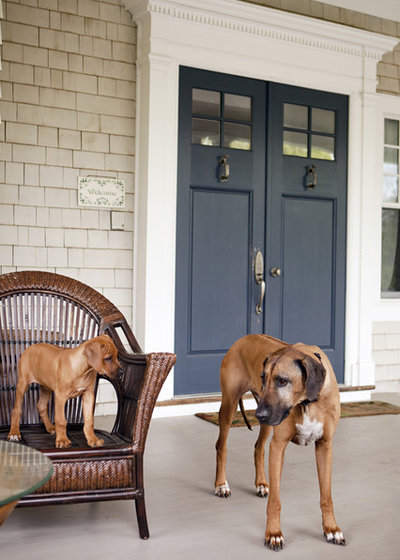
No comments:
Post a Comment